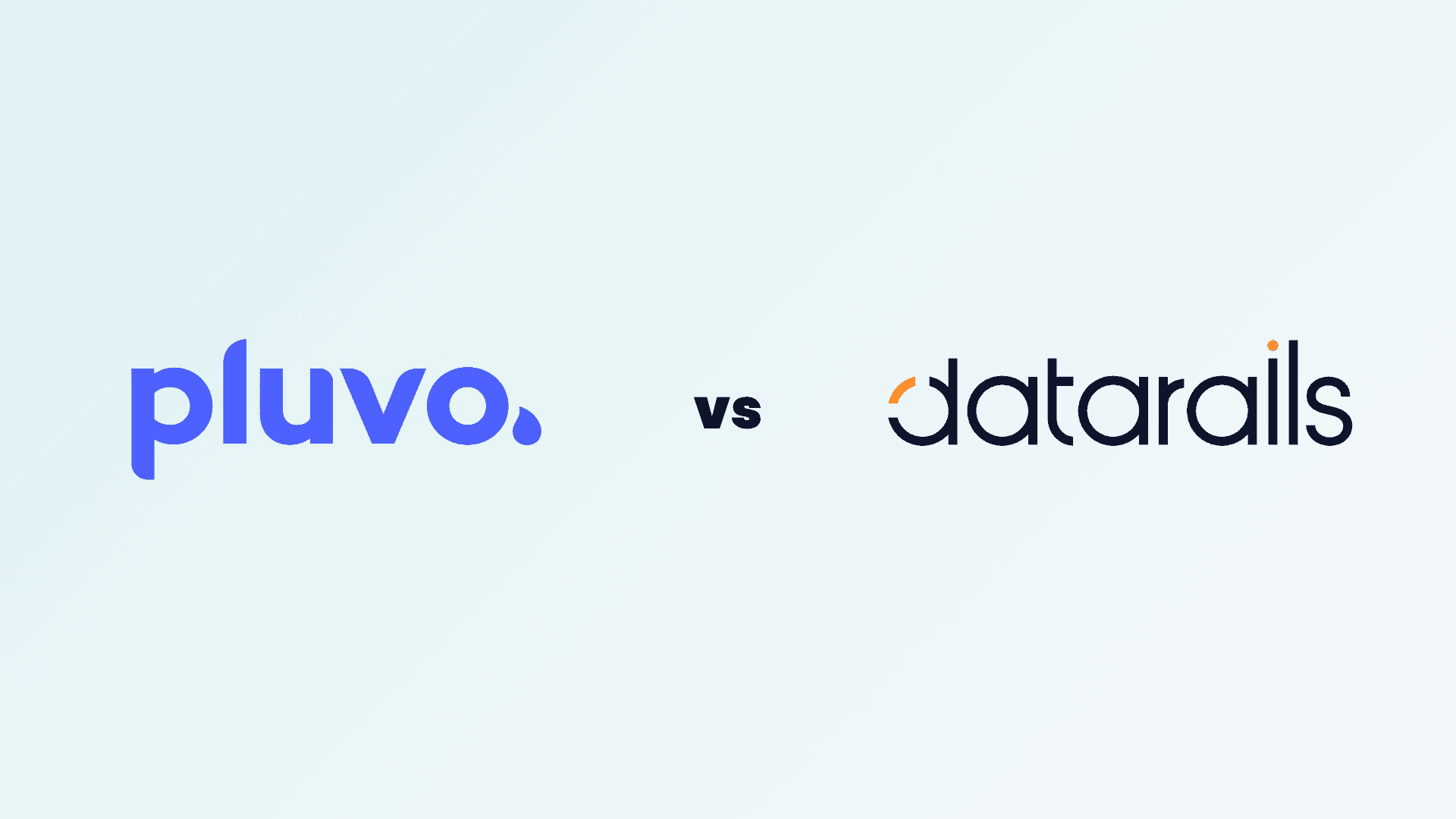Jun 11, 2025
Pluvo versus DataRails: a side-by-side comparison for modern FP&A teams
In the evolving landscape of Financial Planning & Analysis (FP&A), organizations seek tools that not only streamline processes but also adapt to modern workflows. Pluvo and DataRails are two prominent solutions aiming to alleviate the challenges of traditional spreadsheet-based planning. This guide offers a comparative analysis to assist in determining which platform aligns best with your organization's needs.
Published July 4, 2025 – Read time: 10 min
Table of Contents
1. Shared Capabilities
✅ Connected Data
Both platforms integrate with popular ERPs, CRMs, and accounting tools, pulling actuals into a centralized model so forecasts stay fresh and reconciliation is faster.
✅ Collaboration & Version Control
Pluvo and DataRails both allow stakeholders to contribute to budgets, track changes, and assign ownership to variables or assumptions—cutting down on email back-and-forth and version sprawl.
✅ Scenario Planning
Each solution supports "what-if" analysis, driver-based forecasts, and rolling updates. Pluvo emphasizes scenario branching and merging to keep models clean. DataRails enables Excel-based scenarios, though these often require manual consolidation.
✅ Automation & AI
Both platforms offer automation to eliminate repetitive work. Pluvo includes text prompt model generation. DataRails recently introduced AI-assisted dashboards for commentary in Excel.
2. Distinct Approaches
Feature | Pluvo | DataRails |
|---|---|---|
Platform Architecture | Fully web-native; nothing to install, update, or configure. | Excel-based with an add-in; relies on existing spreadsheets. |
Implementation | Guided onboarding with typical go-live in 2–3 weeks. | Claims a 2-week rollout; some users report longer durations and challenges during setup. |
Scenario Management | One-click "branch" & one-click "merge" | Scenarios managed in separate Excel sheets; merging can require manual consolidation. |
AI Capabilities | Built-in AI Analyst provides real-time variance explanations and driver suggestions. | Offers AI-assisted dashboards focusing on narrative commentary within Excel. |
Strategic Planning | Supports both strategic and financial planning in one unified space. | Primarily focused on financial reporting and automation. |
Multi-Entity Support | Handles multi-currency, eliminations, and minority interests within one web model. | Involves linking multiple workbooks; may require complex Excel macros. |
Governance & Control | Centralized model with row-level permissions, audit trails, and rollback features. | Utilizes Excel's protection features plus a cloud database for versioning. |
Support Model | Transparent support structure with a low one-time implementation fee. | Support beyond implementation may incur extra costs. |
Admin Usability | Intuitive browser controls for managing models and data versions. | Admin tools described as limited; some tasks require complex templates or workarounds. |
3. Decision Criteria
Organizational Needs | Pluvo | DataRails |
Desire to move beyond Excel for planning tasks | ✔️ | ❌ |
Need for a browser-based workspace for distributed teams | ✔️ | ❌ |
Preference for real-time collaboration within a single model | ✔️ | ❌ |
Requirement to maintain existing Excel models | ❌ | ✔️ |
Aim to automate consolidation/reporting with minimal retraining | ✔️ | ✔️ |
Need for intuitive administration without a technical specialist | ✔️ | ❌ |
Interest in AI-driven, forward-looking analysis | ✔️ | ✔️ (limited) |
4. Conclusion
Both Pluvo and DataRails offer robust solutions to modernize FP&A processes. Pluvo provides a forward-thinking, web-native platform emphasizing ease of use, real-time collaboration, and integrated AI capabilities, making it suitable for organizations ready to transition from traditional spreadsheets. DataRails, leveraging the familiarity of Excel, offers a more incremental approach, ideal for teams seeking to enhance their existing workflows without a complete overhaul.
When choosing between the two, consider your organization's readiness for change, the complexity of your current processes, and the desired trajectory for your FP&A capabilities.
📩 Want to see what that looks like in your models?
Book a demo with Pluvo or check out DataRails and judge for yourself.









